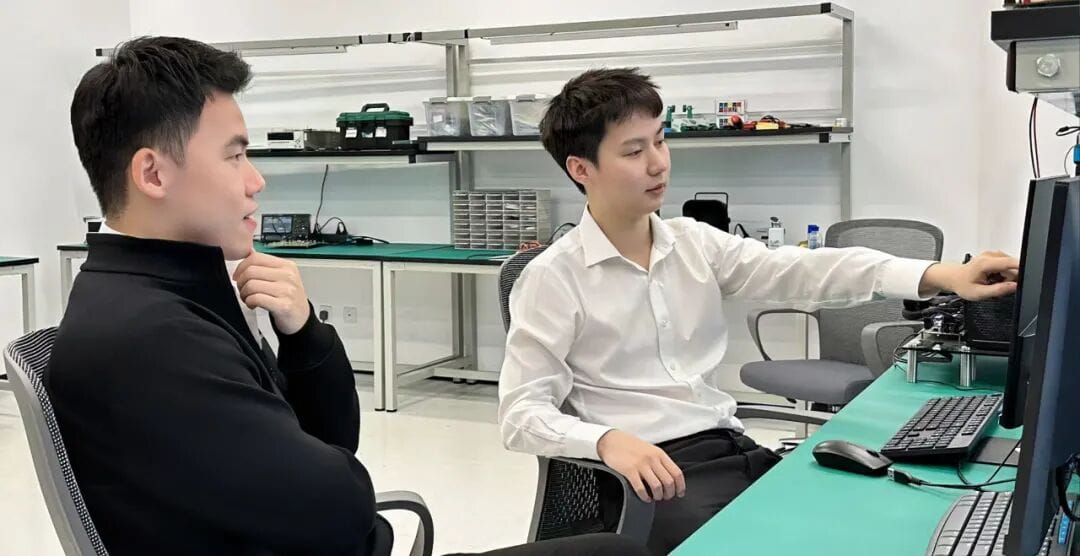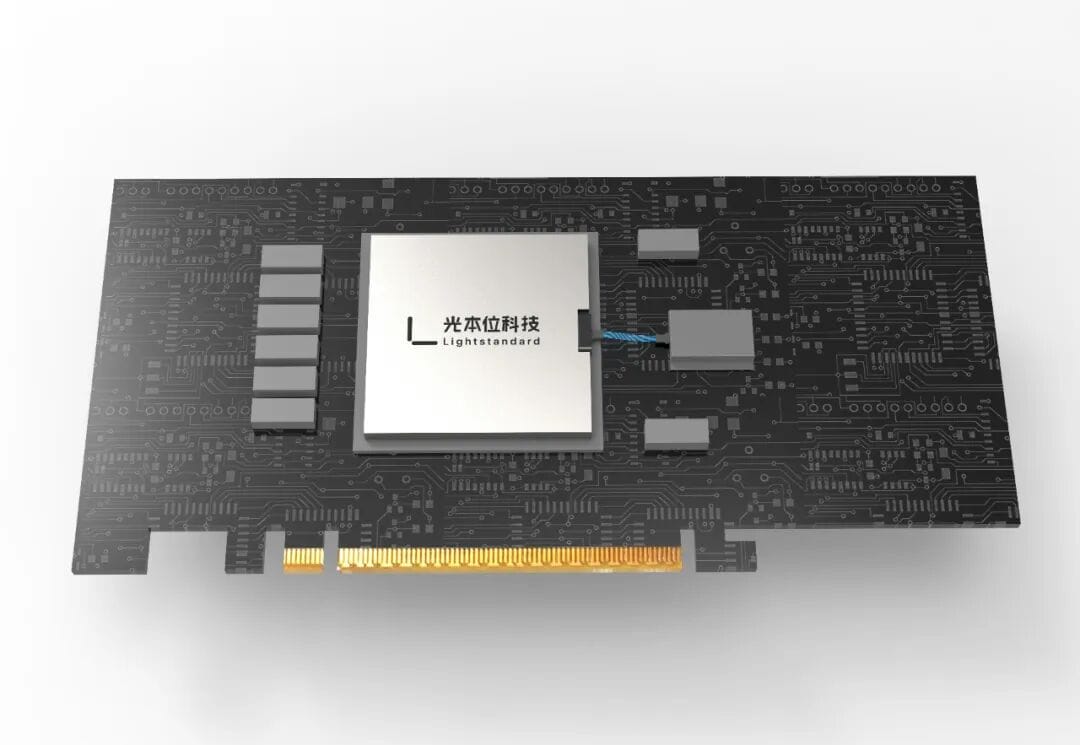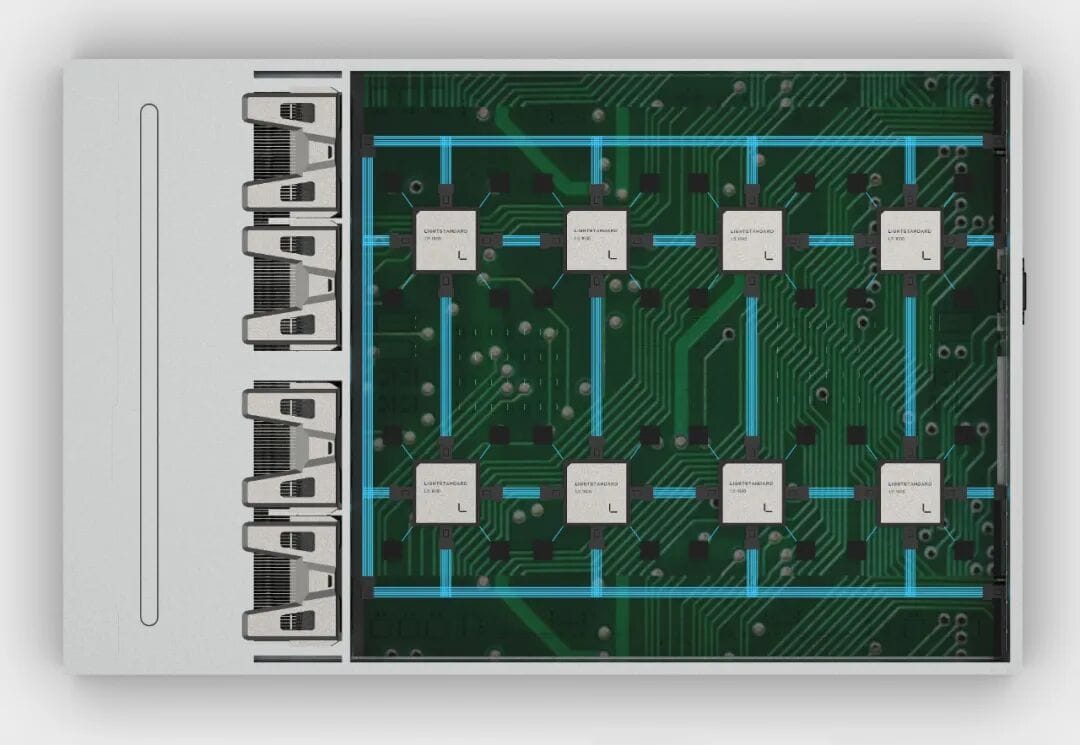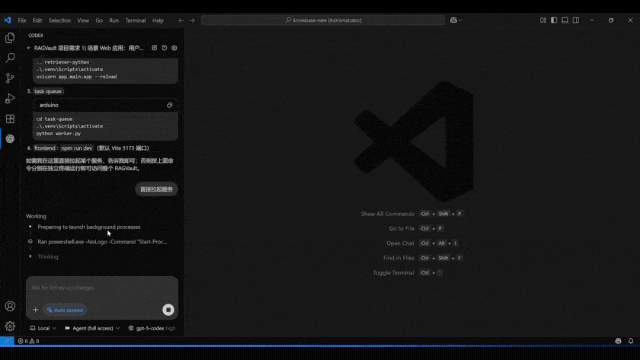Who Can Solve AI’s Compute Hunger and High-Energy Dilemma? Two Post-95 Founders Build a New Paradigm with Phase-Change Optical Computing

The First Year of Optical Computing Has Arrived
China Becomes a “New Variable” in the Global Computing Power Landscape


Guangbenwei’s co-founders: Xiong Yinjian (left) and Cheng Tangsheng (right)
---
Background: AI Demands vs. Computing Bottlenecks
The global digital transformation is accelerating, with artificial intelligence applications pushing productivity boundaries at unprecedented speed.
Computing power, the core infrastructure behind this revolution, faces a severe supply-demand imbalance — now a critical bottleneck for industrial upgrades.
- Moore’s Law is reaching physical limits, slowing chip performance growth.
- AI computing needs double every 3.4 months.
- Data center power consumption is surging.
According to the International Energy Agency’s Energy and AI report:
- GPT-4 training over 14 weeks used 42.4 GWh of electricity
- → ~0.43 GWh per day, equivalent to 28,500 households in Europe/US.
- Global data centers (2024): 415 TWh (1.5% of total electricity consumption)
- Projected (2030): 945 TWh.
---

128×128 matrix optical computing chip
---
Optical Computing: A New Paradigm
Optical computing uses light to carry information, offering:
- Light-speed transmission
- Massive parallel throughput
- Low energy use
Guangbenwei Technology leverages an innovative
“silicon photonics + phase-change materials heterogeneous integration”
approach, achieving:
- World’s first 128×128 matrix-scale optical computing chip (June 2024)
- Overcame scaling bottlenecks
- Advanced toward storage-computing integration
- Shift from lab research to commercial-grade applications
---
Founders’ 8-Year Journey
First Meeting
- Age 18 & 17: Met while volunteering in Nanbaoshan, Sichuan
- Shared dream: “Build a technology company”
Second Collaboration
- Ecological restoration in Inner Mongolia
- Learned that impactful entrepreneurship must address core industrial needs
Academic Paths
- Cheng Tangsheng: Oxford University; research in phase-change optical chips
- Xiong Yinjian: University of Chicago; focus on AI algorithms & commercialization
---
Turning Point (2021)
- Cheng: Breakthrough in large-scale matrix photonic in-memory computing
- Xiong: Witnessed AI’s skyrocketing compute & energy demands
- Realization: Optical computing’s energy efficiency — thousands of times better for matrix ops — matches AI’s needs
Why Optical Computing + AI
- No fixed global technical route yet → China has a photonics industry advantage
- High potential ceiling beyond niche competition
---
Founding Guangbenwei Technology
- April 2022: Company established in China
- Vision: Bring optical computing from lab into industry, become a key player in computing revolution
---
Critical Test: First Tape-Out
Launching in 2022 with funding for only one tape-out:
- April–July: Chip design simulation completed in ~4 months
- Small-matrix chip function verified successfully
- Focused on matrix size & device performance improvements
Key Innovations
- Optimized:
- Phase-change material properties
- Core optical device stability
- Chip architecture efficiency
- Reduced transmission loss
- Increased precision
---

Demonstration of Crossbar technology route
---
Breakthrough: 128×128 Crossbar Design
- Crossbar photonic matrix computing → Efficient chip area use
- 16,000+ programmable nodes in real time
- First commercial-standard optical chip (June 2024)
- Commercialization threshold: 128×128 matrix supports large-model AI inference/training
---
Commercialization Roadmap
Products
- First-gen optoelectronic hybrid computing card → sampling soon
- Next-gen 256×256+ matrix chips in development
Industry Chain Strategy
- Upstream: Partner with domestic silicon photonics production lines
- Downstream: Co-develop with internet giants + local government intelligent computing centers

Guangbenwei Optoelectronic Hybrid Computing Card
---
Financing Milestones
- Jun 2023: Angel investment from Yunqi Capital, Fengrui, Xiao Miao Langcheng, Qiji Chuangtan
- Feb 2024: Angel+ round for 128×128 chip tape-out
- Dec 2024: Strategic cooperation with domestic internet giant
- Jun 2025: Round led by Dunhong Asset + capital funds → scale mass production
---
Optical + Electronic Synergy
Current chips = electrical drive + optical ops:
- Optical chips → linear operations
- Electronic chips → scheduling & non-linear ops
- Together = optical-electronic hybrid computing system

Optoelectronic Hybrid Computing System
---
Long-Term Goal: All-optical computing
Short-Term Path: Increase optical proportion, reduce power use → next-gen green intelligent computing infrastructure.
---
Applications & Future Vision
Potential Use-Cases:
- Intelligent computing centers: low electricity, reduced cooling, minimal noise
- Autonomous driving: nanosecond optical processing for safer decision-making
- Medical imaging: faster model reconstruction → earlier diagnoses
With optical computing industrialization, computing can be limitless yet energy-efficient, unlocking the full humanistic potential of the intelligent age.
---
AiToEarn: Amplifying Innovation Outreach
Platforms like AiToEarn help innovators:
- Generate, publish, and monetize AI-driven content
- Reach audiences across Douyin, Kwai, WeChat, Bilibili, Xiaohongshu, Facebook, Instagram, LinkedIn, Threads, YouTube, Pinterest, X (Twitter)
- Integrate analytics and model rankings
This complements breakthroughs such as Guangbenwei's by enabling global visibility and faster ecosystem engagement.
Learn more:
---



